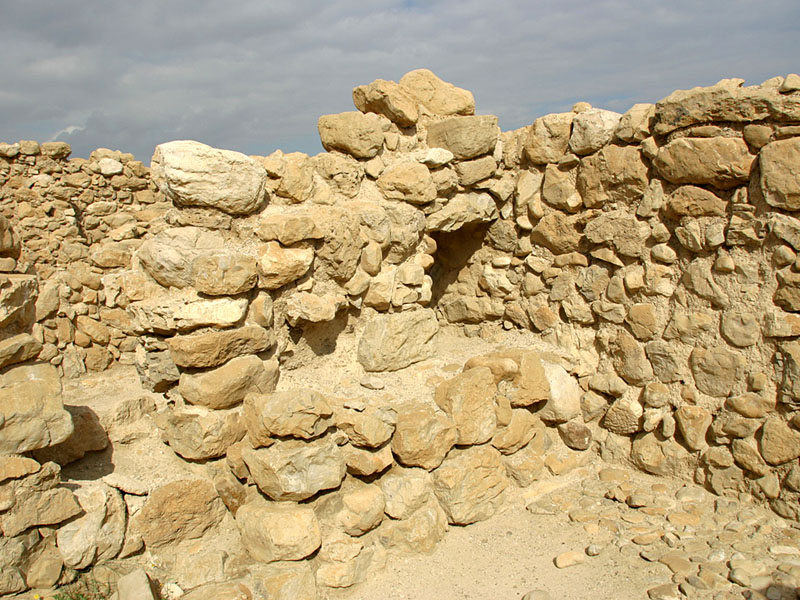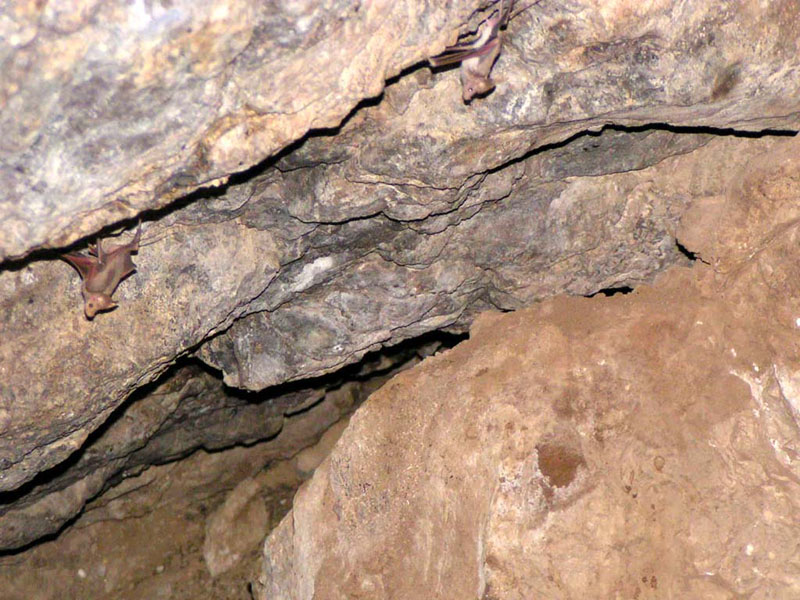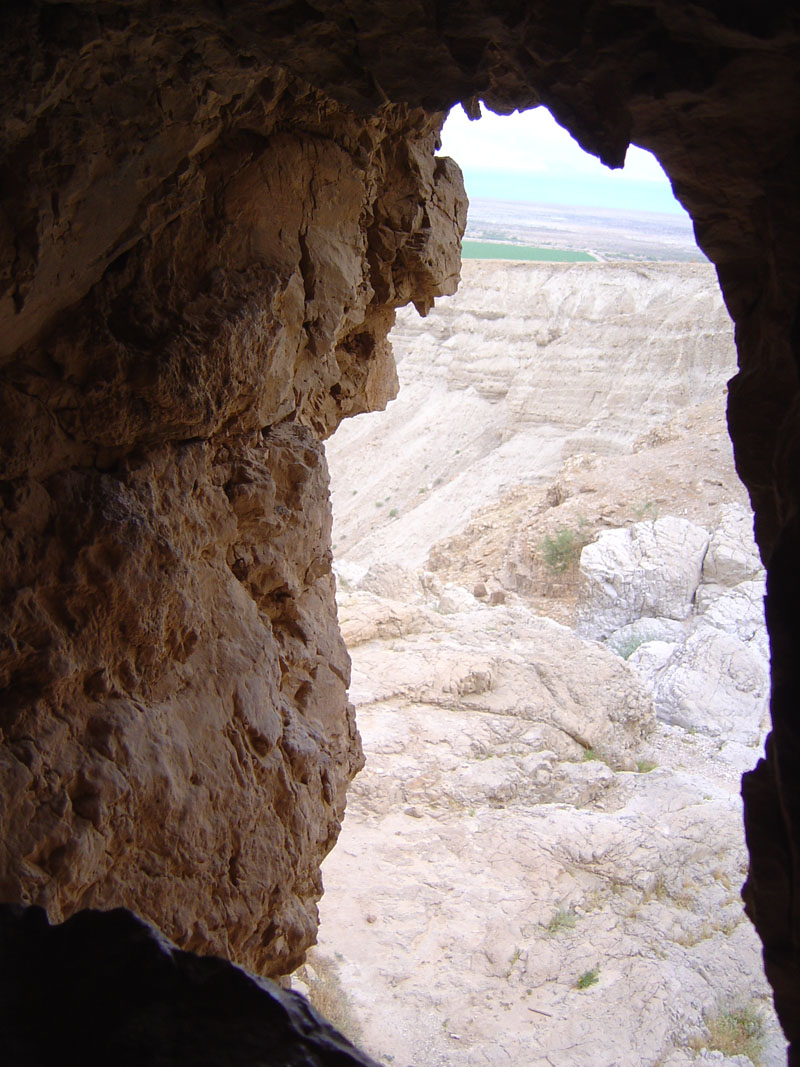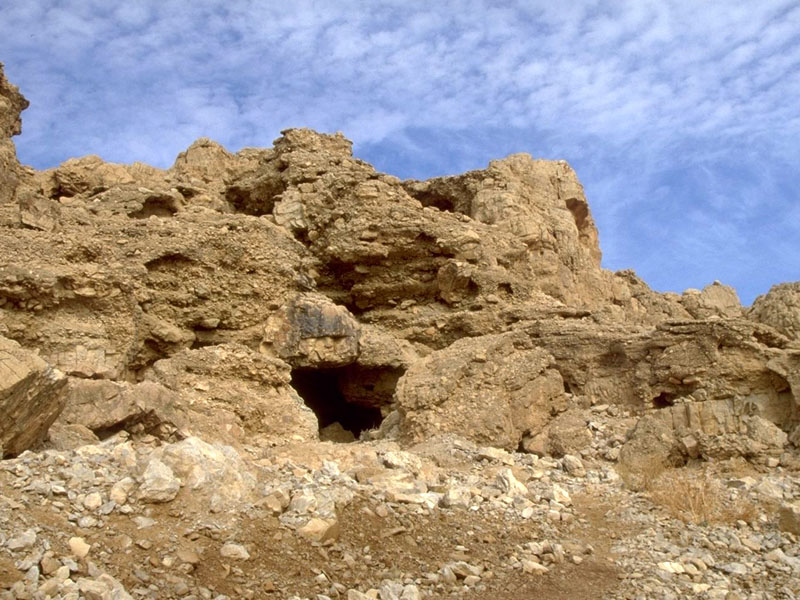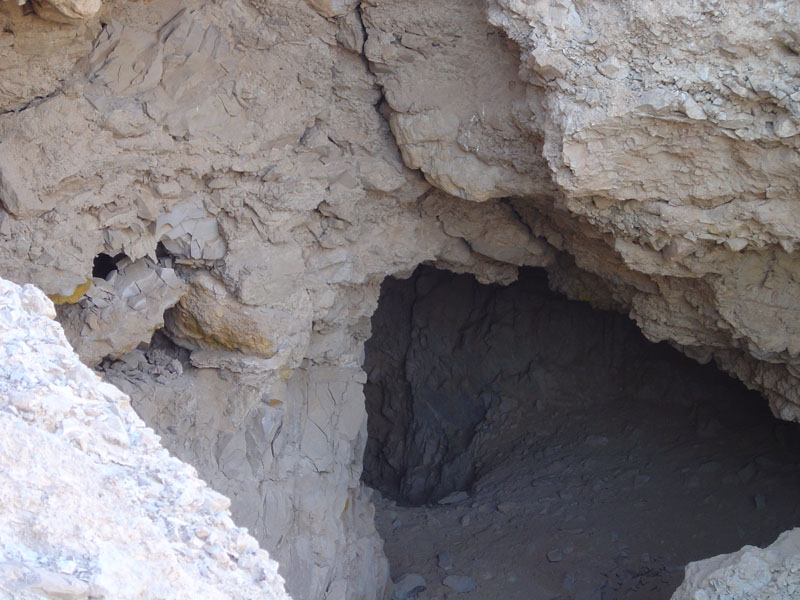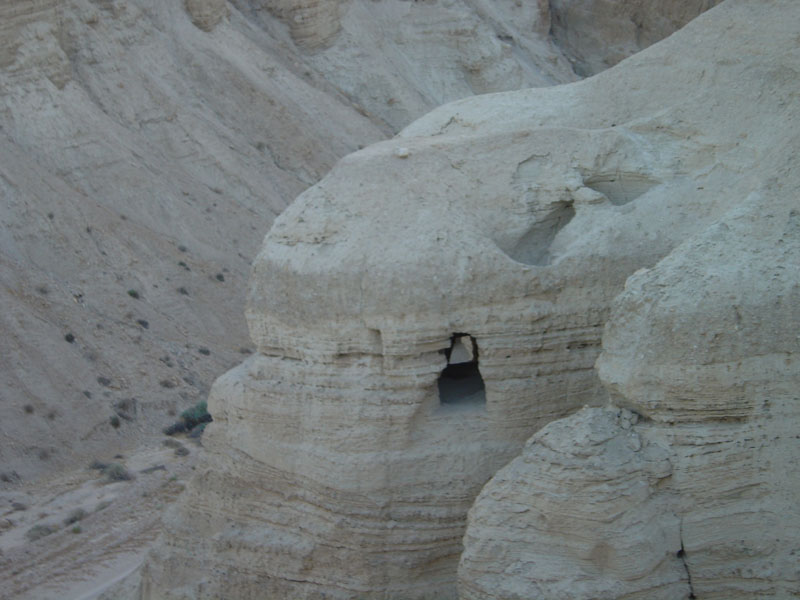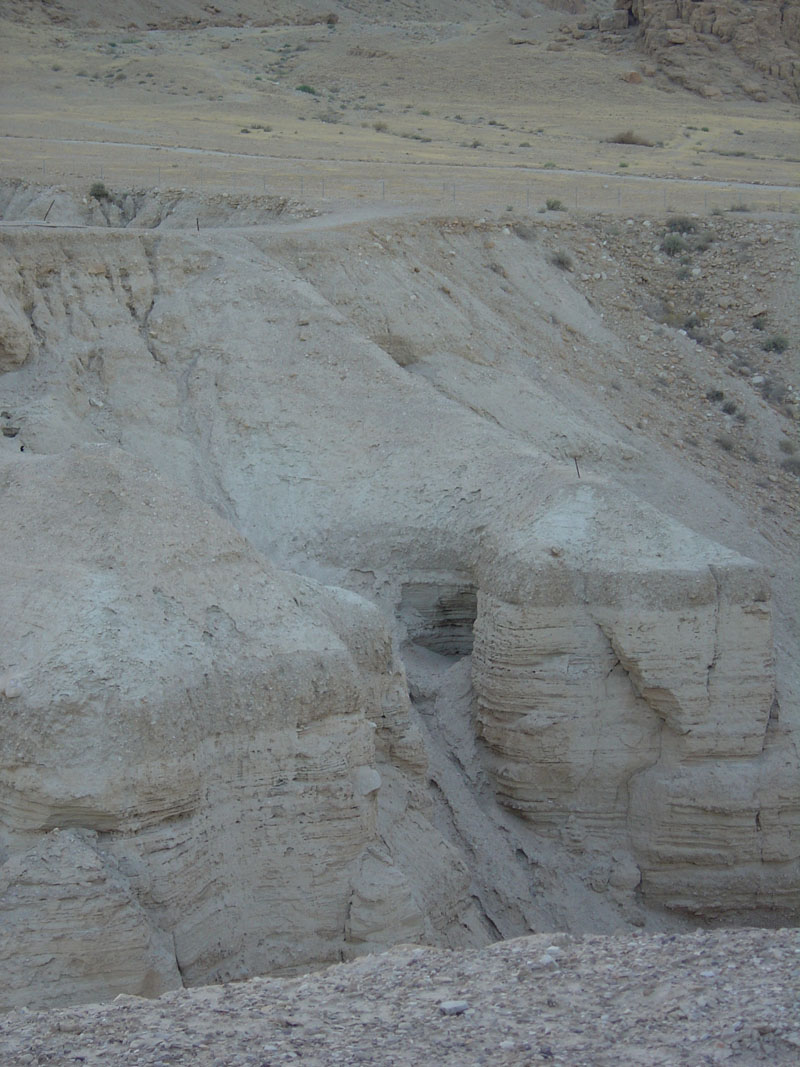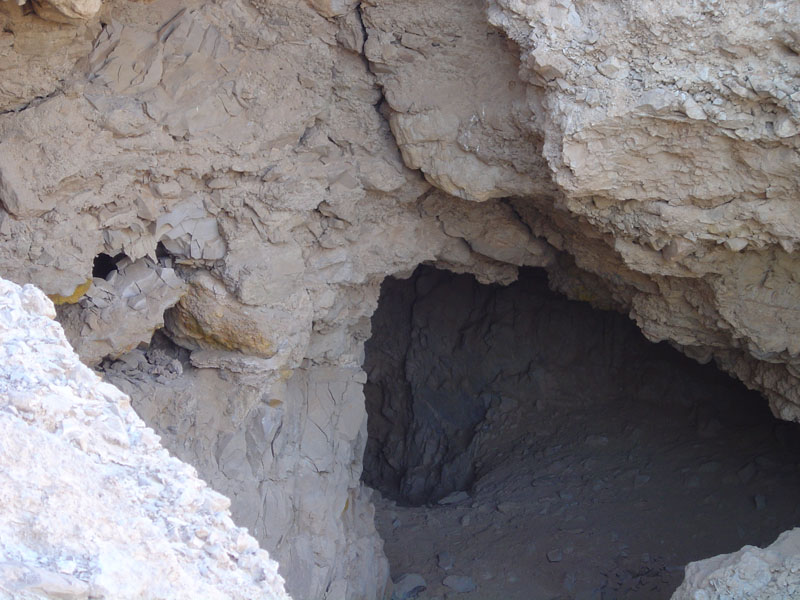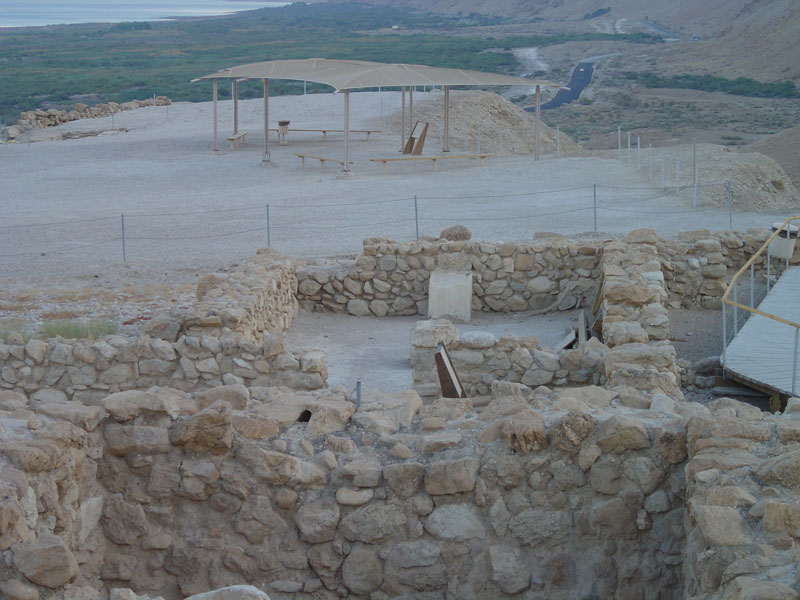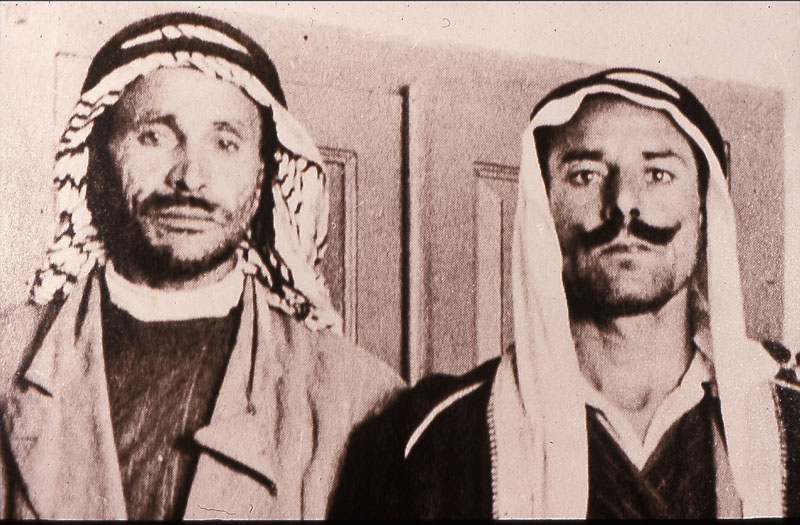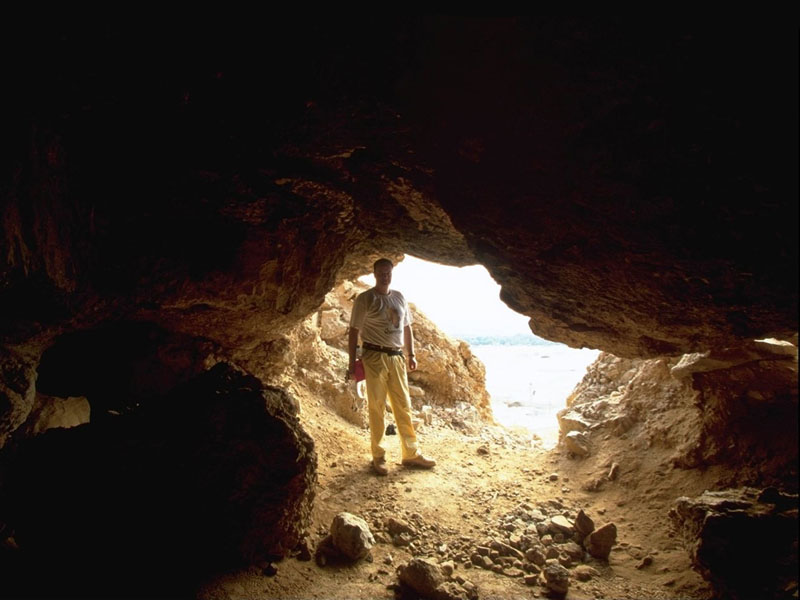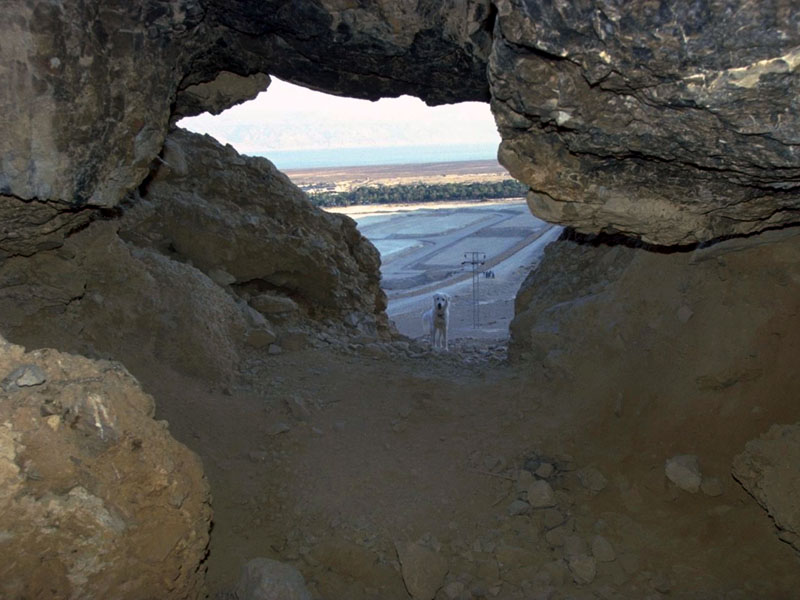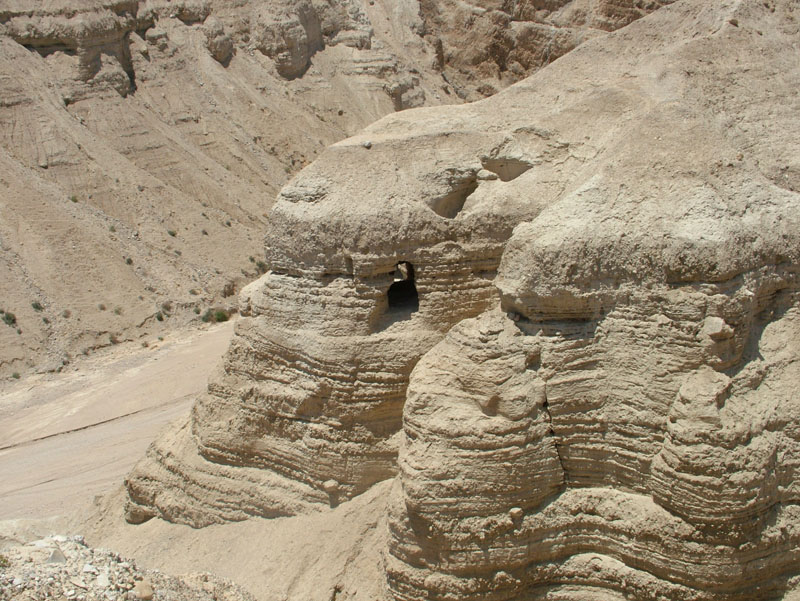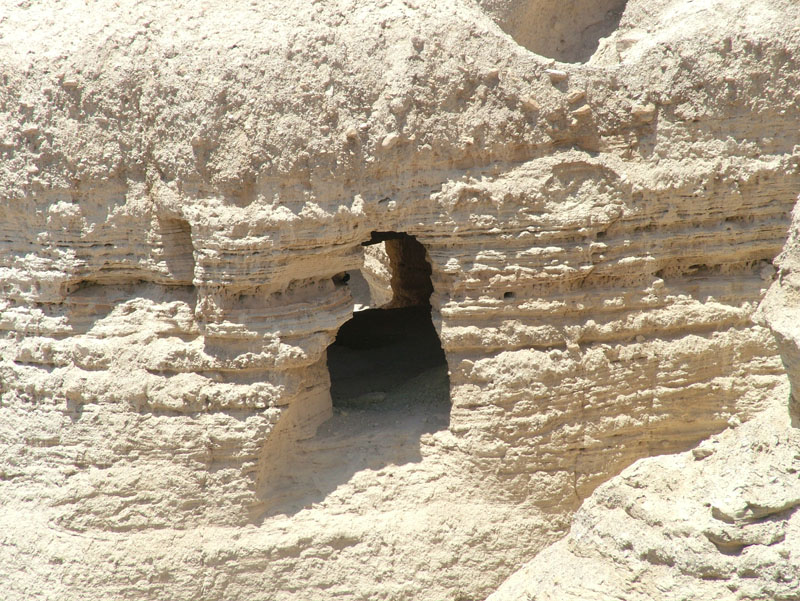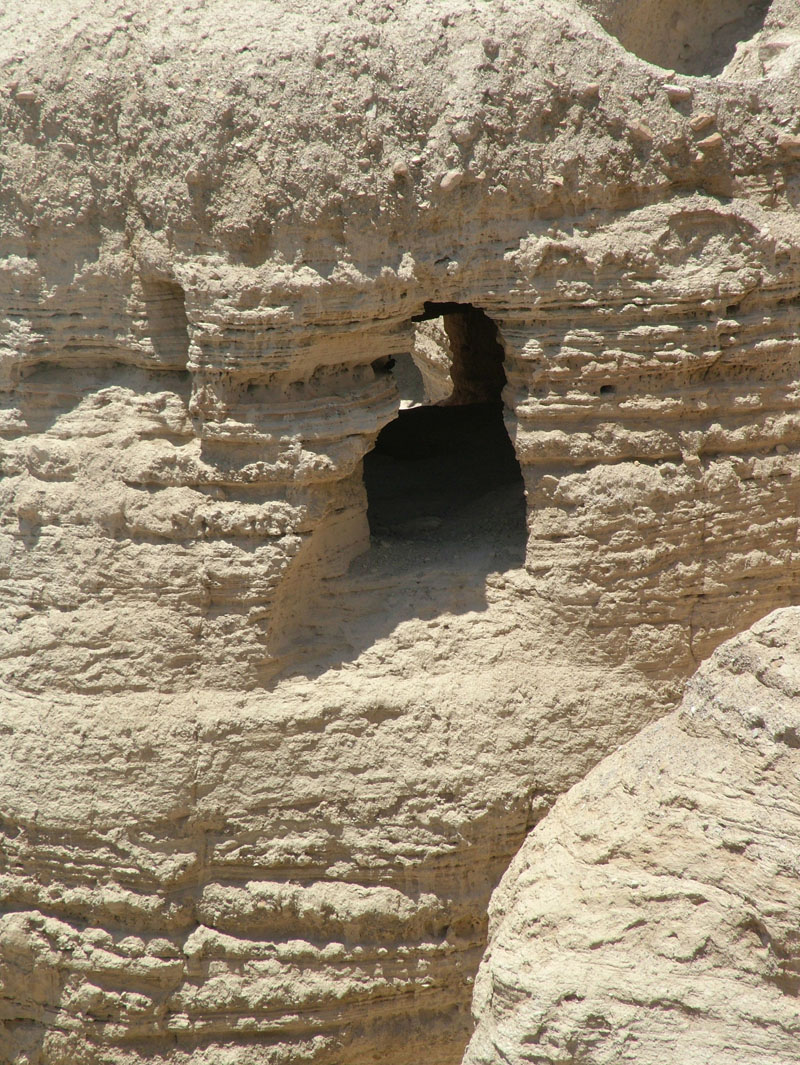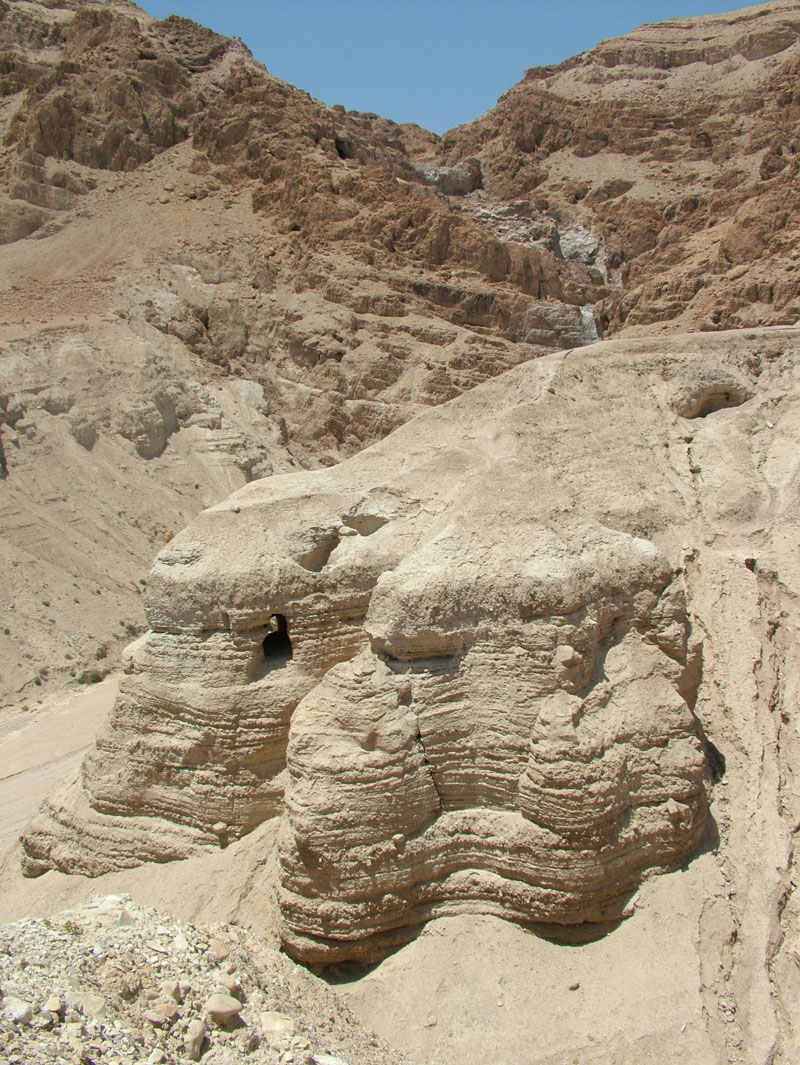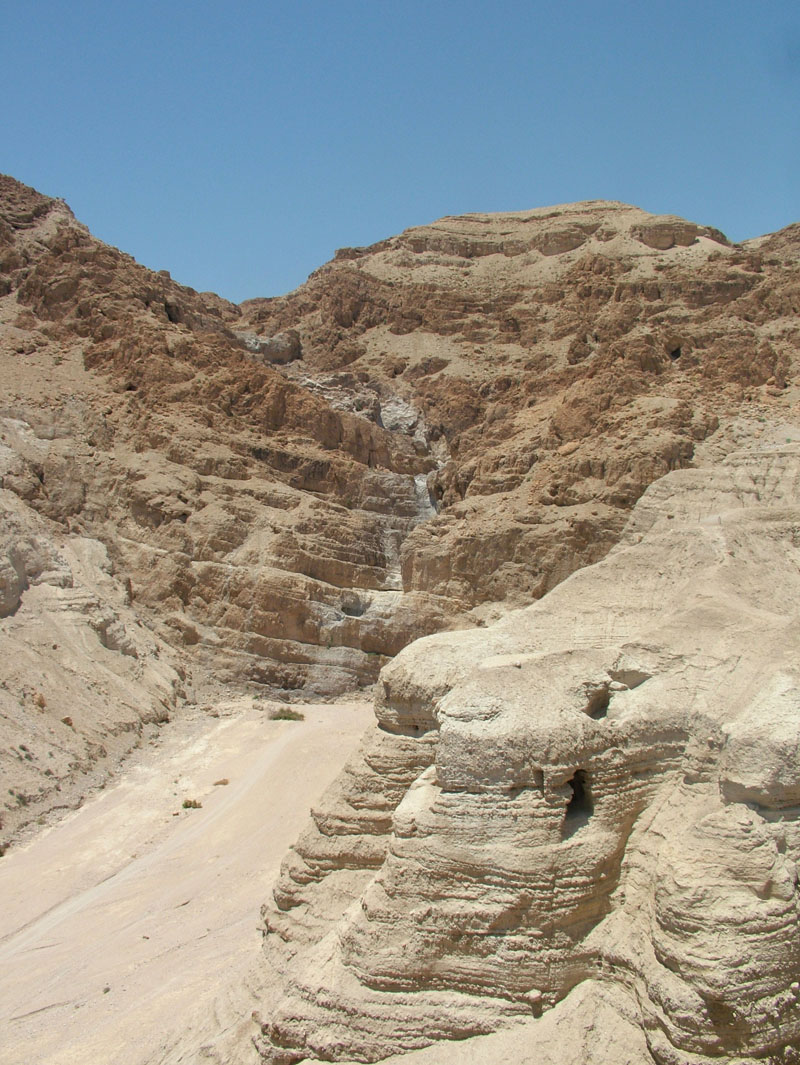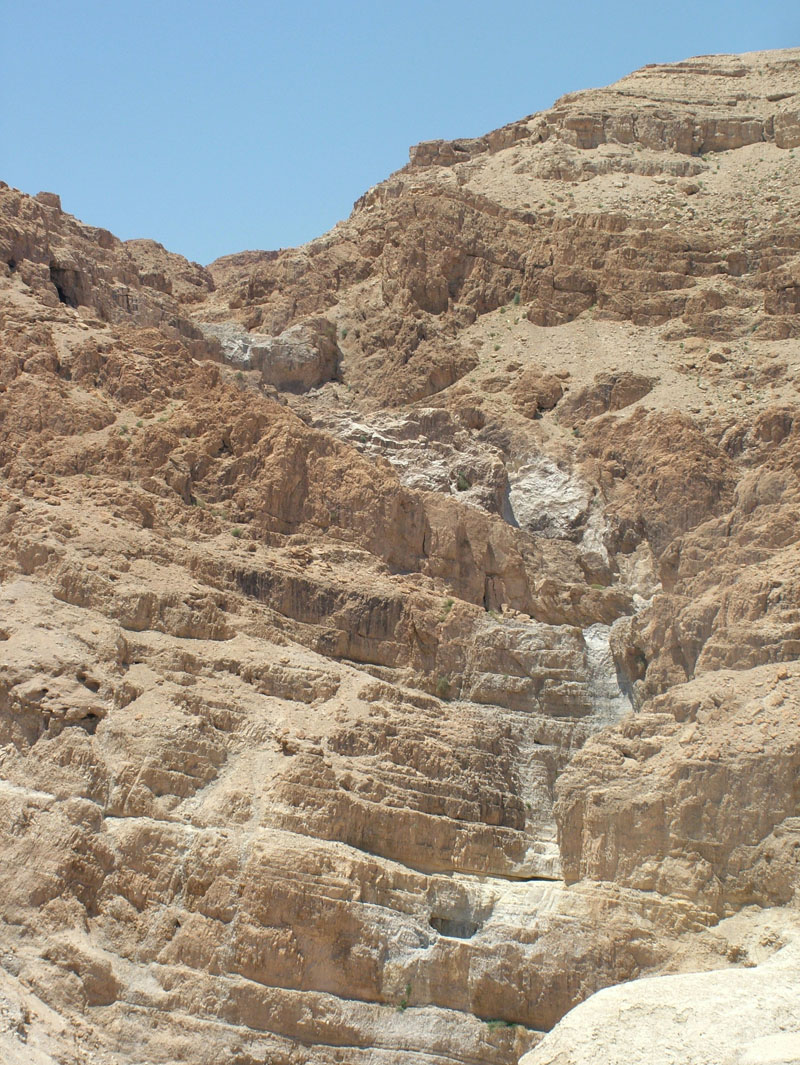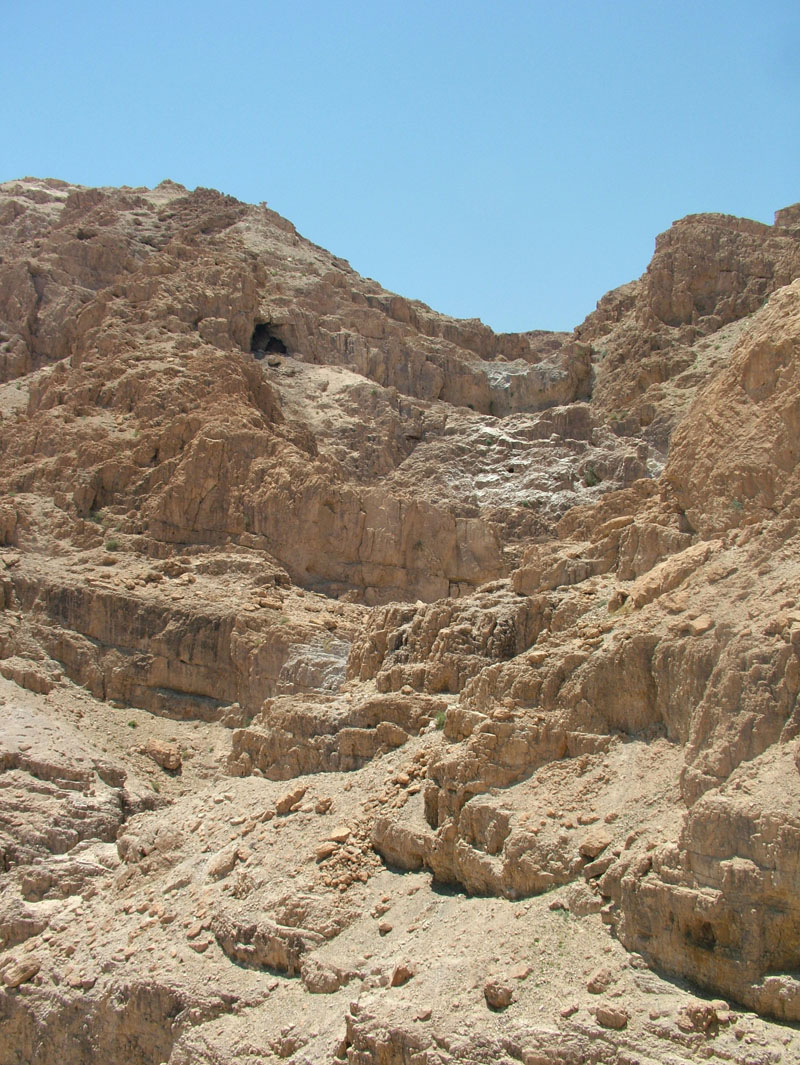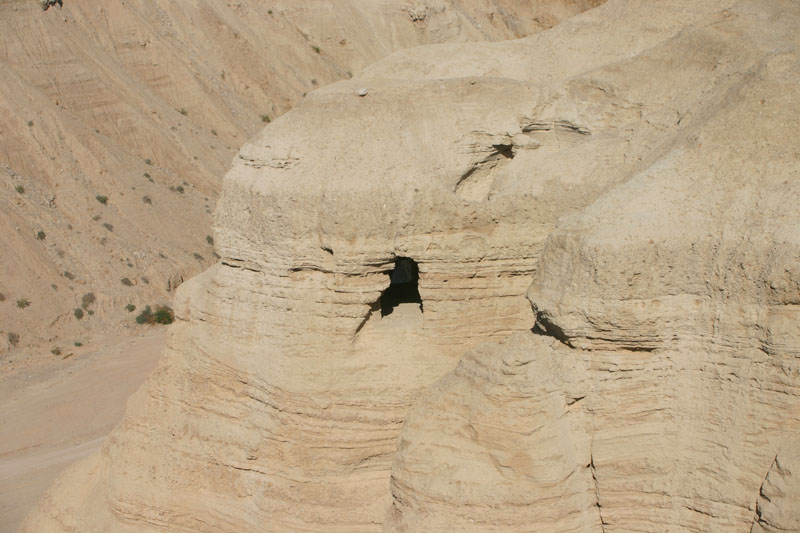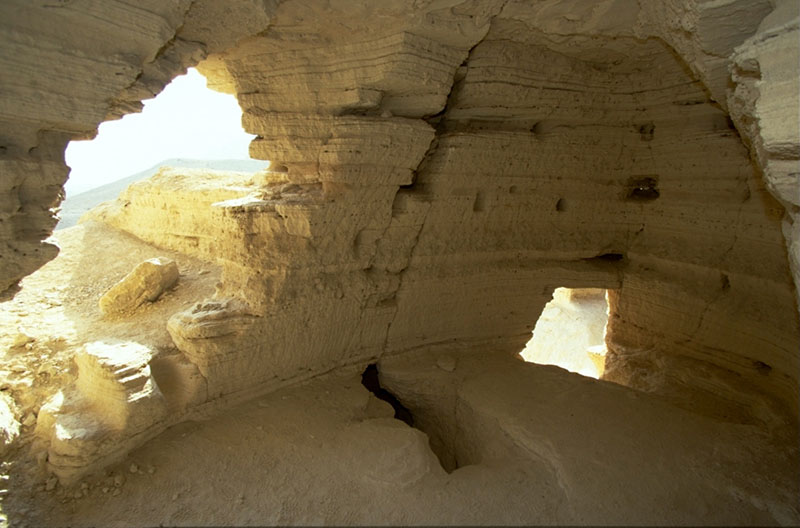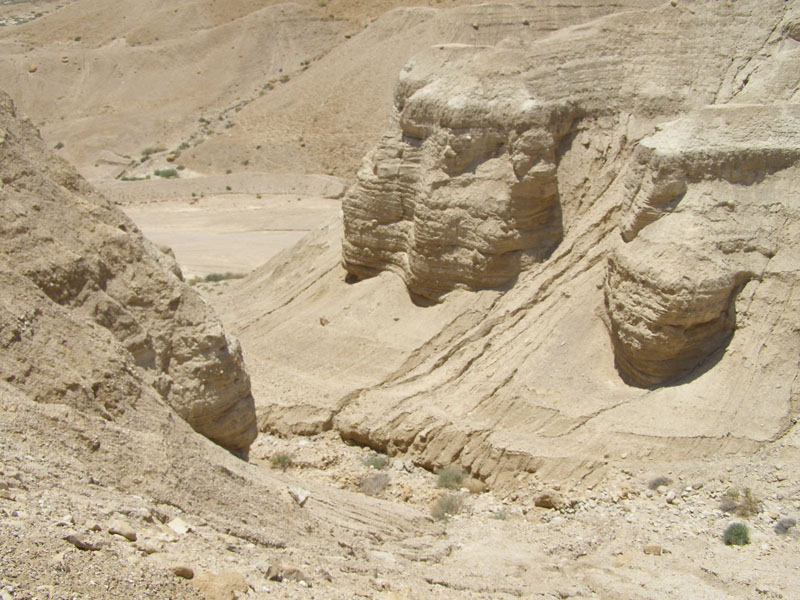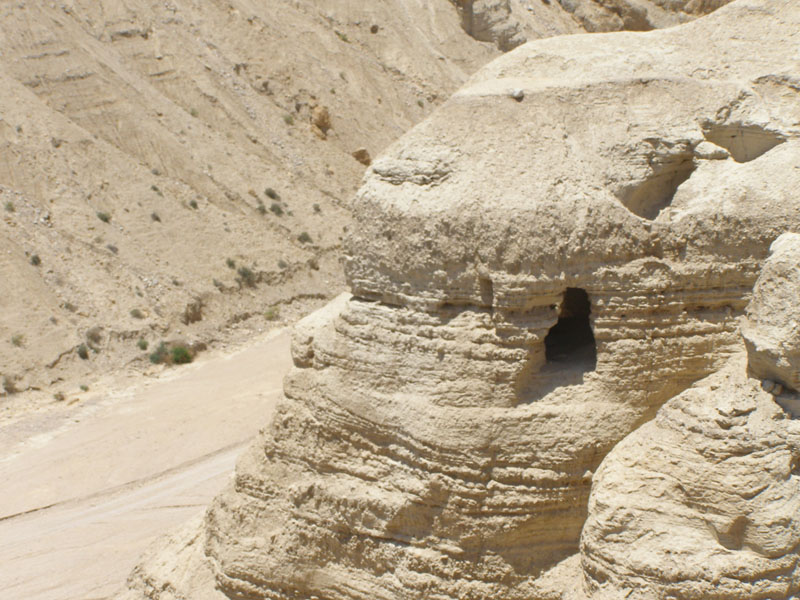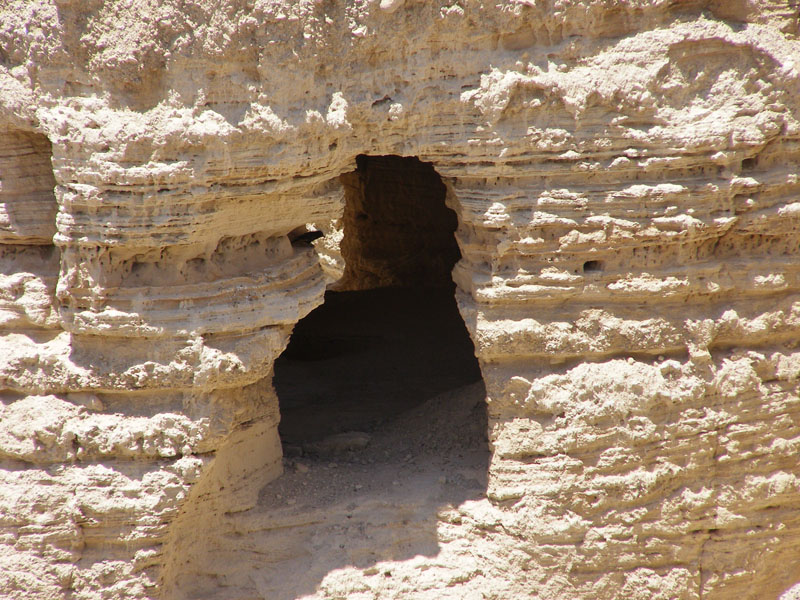CAVES

Introduction
The Dead Sea Scrolls and the settlement of Qumran first came to attention in modern times with the dramatic discovery of seven manuscripts in a cave that later came to be designated “Qumran Cave 1.” For a description of the discovery and publication of the Cave 1 scrolls, see The Scrolls: Discovery and Publication.
Once the archaeological community and the local Bedouin population became aware of the initial scroll discoveries and their significance, both groups began to search for additional ancient manuscripts in the region, eventually recovering remnants of hundreds of scrolls from 11 caves in the vicinity of Qumran. In 1949, G. Lankester Harding, director of the Department of Antiquities in Jordan, asked Roland de Vaux to excavate Cave 1. The pottery and written fragments uncovered in the excavation corroborated the identification of this cave as the place of origin of the initial seven scrolls. Cave 2 was found by Bedouin in 1952. Only fragments of scrolls and a little pottery were unearthed there. After the discovery of Cave 2, an archaeological team systematically searched the area. The search did not yield many results, though in Cave 3 searchers found pottery jars, leather fragments from fourteen scrolls, and most importantly the astonishing Copper Scroll (3Q15). This scroll, engraved on three copper sheets, seems to describe treasures that were deposited in numerous locations.
Cave 4 was found by the Bedouin later in 1952. It is located quite near the archaeological site at Qumran and yielded over 16,000 scroll fragments. In the following years, Caves 5 through 10 were found in the vicinity of Cave 4. Caves 5, 6, and 8 contained small amounts of fragments and pottery and were used for dwellings. Cave 7 held four jars and fragments of twelve scrolls written in Greek. In Caves 9 and 10 an ostraconIn 1956 the Bedouin located an eleventh cave, which contained fragments of more than thirty scrolls, four of them in good condition. Most of the scrolls from Cave 11 were acquired by the scrolls team. One of these scrolls, the Temple Scroll (11QT), was kept in the house of antiquities dealer Khalil Iskander Shahin (Kando) in Bethlehem. It came to light only in 1967, when Yigael Yadin retrieved the scroll.
For an online inventory of the manuscripts found in each cave, see http://home.flash.net/~hoselton/deadsea/caves.htm#top.
As described above, there is some disparity in the contents of the scrolls found in the various caves. The collection of Greek scrolls in cave 7, for example, stands out from the other collections, and is regarded as a separate deposit. Recently, Daniel Stoekl Ben Ezra has argued that the Qumran corpus is comprised of at least two different collections, since the average age of the scrolls from Caves 1 and 4 is older than the average age of the manuscripts in Caves 2,3,5,6 and 11.
Additional ancient scrolls have also been found in other locations in the Judean Desert—at Jericho, at Wadi Murabba’at, at Nah?al H?ever, and at Masada. These are often collectively described as the “Dead Sea Scrolls,” or more accurately “the Judean Desert manuscripts.”
Archaeologists continue to conduct excavations in the Judean Desert and researchers continue to hope that ancient manuscripts will appear in these excavations. It is also recognized that some earlier finds have found their way into the hands of private collectors. These additional scrolls are slowly beginning to come to light, and researchers look forward to a time when more of these “hidden finds” may be made public.
More Info
- Hanan Eshel and Magen Broshi, “Excavations at Qumran, Summer of 2001,” IEJ 53 (2003), 61-73.
- Frank Moore Cross. The Ancient Library of Qumran. 3rd ed. Minneapolis: Fortress, 1995.
- Stephen Pfann: “Reassessing the Judean Desert Caves: Libraries, Archives, Genizas and Hiding Places,” BA-IAS 25 (2007) http://www.uhl.ac/articles/ReassessingTheJudeanDesertCaves.pdf
- Daniel Stoekl Ben Ezra, “Old Caves and Young Caves: Two Qumran Collections,” DSD 14 (2007) 314-33 (http://www.geocities.com/shunrata/abstract.html)
- Ada Yardeni, “A Note on a Qumran Scribe,” in New Seals and Inscriptions: Hebrew, Idumean, and Cuneiform (ed. Meir Lubetski; Sheffield Phoenix Press, 2007), 287-298.
- “ New Scroll Fragments identified” <link to Lev Scroll articles in Scrolls in the news>
Further Reading
- Donald W. Parry, David V. Arnold, David G. Long, and Scott R. Woodward, “New Technological Advances: DNA, Databases, Imaging Radar,” in The Dead Sea Scrolls after Fifty Years. A Comprehensive Assessment (ed. Peter W. Flint and James C. VanderKam; Leiden: Brill, 1998), 1:496-515.
